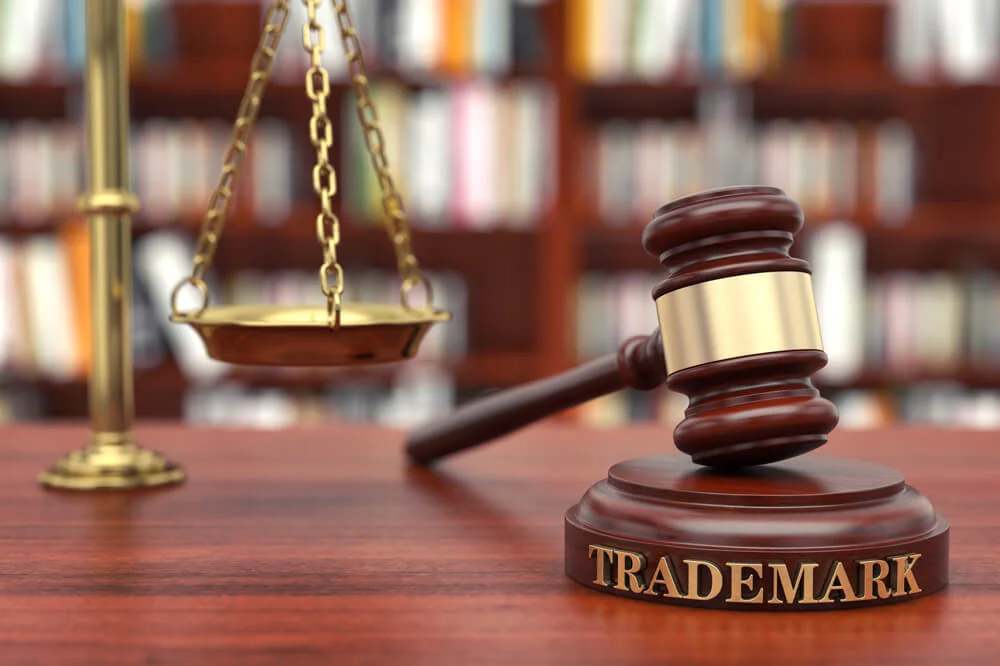Trademarks are the symbols, names, or brands that are used to distinguish between the sources of similar types of products. Our culture is filled with trademarks.The “golden arches” signifies something that came from McDonald’s. The classic “swoosh” symbol tells us that a pair of shoes was made by Nike. Social scientists have spent decades studying how consumers react to brands. Take McDonald’s for instance. One person may react to the brand with feelings of nostalgia and comfort, while another may see the golden arches as a symbol of the increasing problem with obesity in America.
Given our strong reactions to brands and trademarks, it’s no wonder companies spend both time and millions of dollars developing their brand name. Thus, it’s no wonder that they are fiercely protective of them. However, this doesn’t stop some people from attempting to “piggy back” off the good name of others. Here are just a handful of cases where David was sued by Goliath.
MICROSOFT V. MIKEROWESOFT
You don’t become the biggest name in technology by being pushed around. But when the tech giant sent a cease and desist letter to Canadian high school student Mike Rowe, even Microsoft’s biggest supporters felt that the company went too far.
It turned out that Mike Rowe had no intention of being the next Bill Gates, but merely thought that the pun was funny. After Microsoft sent Mr. Rowe a cease and desist letter, Mr. Rowe went to the press to garner support. He received over $6000 in donations for a legal defense.
However, this was not nearly enough to compete with the legal war chest Microsoft had. Eventually the parties settled. Rowe handed the website over to Microsoft, and in return he received Microsoft Certification training, a trip for his family to a technology conference in Redmond, Washington, and the most important item for a teenager: an XBOX videogame system.
KING V. KING
In the 1950s, Gene and Betty Hoots opened up a restaurant in Illinois called “Burger King.” While this sounds like the birth of what became a worldwide fast food company, the Burger King that we know was actually was already spreading across the South.
After years of legal battles, the parties came to an interesting resolution. Since the Home of the Whopper was a nationwide chain at this point, they got to keep the Burger King name, with one minor exception. The Hoots didn’t have to change the name of their single restaurant, and retained exclusive rights to the name for their business region, which was defined as a twenty-mile radius around their town.
NORTH V. SOUTH
After noticing that everybody in his school was wearing the same fleece jackets from The North Face, high school student Jimmy Winkelmann created a parody line of clothing called “The South Butt.” Instead of a picture of a mountaintop, the South Butt’s logo is…well, don’t think too hard on what it could be.
Winkelmann began to sell his joke clothing in a local drug store, and it wasn’t long after that The North Face sent a cease and desist letter. In an ironic twist, the cease and desist letter garnered Mr. Winkelmann even more publicity. The parties resolved their dispute in a confidential settlement.
HOW TO PROVE AND REMEDY TRADEMARK INFRINGEMENT
These real life examples might be light hearted, but trademark violations are serious business. In order to prove that another person or business is violating a trademark, the following must be demonstrated:
- The symbol or term being infringed is a valid, protected trademark.
- The party claiming that a trademark is being infringed actually owns the trademark.
- The offending party is using the trademark, or a similar trademark in a manner that is likely to cause confusion among consumers as to the source, sponsorship, affiliation, or approval of the product.
If you can demonstrate that another individual or entity has violated your trademark, there are a couple of remedies the Court can award:
- Injunctive relief – the court will order the infringing party to stop using the trademark.
- Monetary damages – if it can be shown that the infringing party’s use of your protected trademark caused a loss of business due to confusion among consumers, you could be entitled to recover the lost profits.
If you have questions on how to best protect your trademark, contact the business lawyers at the Vethan Law Firm.

